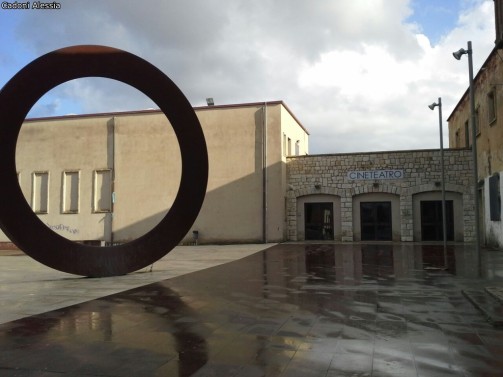Bacu Abis was created to house workers employed in the mining industry. Eng. Roux, director of the mine from 1873 to 1899, expanded the oldest part of the village. During World War I, coal from Bacu Abis became the only available energy source: the state declared the mine an “Auxiliary Establishment.” After the Conflict, the decline began. The miners’ sacrifices and the intervention of fascist unions led by V. Tredici saved the mine, and the S.M.C.S. took over its management. Sulcis coal was enhanced by the regime’s autarkic policy. By 1935 the second core of the village was built, in the fascist rationalist style. The Director’s House, located between Liberty Avenue and Santa Barbara Street, is surrounded by two large gardens in a simple, linear style. Across the street is the long Liberty Avenue where the leaders resided. Workers’ housing was built in the east and west areas of the central core. For the bachelors, “bachelor’s rooms,” a canteen and laundry, run by Ursuline nuns, were built.









